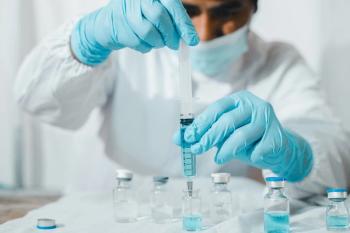
Optical coherence tomography and visual field testing both essential
Both structural and functional testing are important when diagnosing glaucoma and managing the condition in patients who have the disease.
"The question of imaging versus visual fields in glaucoma is a tongue-in-cheek discussion to some degree," Dr. Wooldridge said. "You really need both."
Visual field testing (VFT) using standard automated perimetry faces several "charges" in some quarters, in that VFT:
Advances in perimetry, such as short wavelength automated perimetry (SWAP) and frequency doubling technology, have increased sensitivity compared with standard automated perimetry. These newer technologies allow optometrists to detect VFL earlier in the disease process. They also utilize stimuli and patterns of presentation that target and allow the monitoring of select subpopulations of retinal ganglion cells.
In addition, improvements in software allow test times to be halved, reducing patient fatigue and increasing the reliability of the results, Dr. Wooldridge said. In addition, achromatic VFTs are the primary measure of progression in more advanced disease.
No single "best" perimeter or VFT for the early detection of glaucomatous damage exists, Dr. Wooldridge said. Some patients' damage will be detected first by SWAP, some by FDT, and some by standard automated perimetry.
The importance of using imaging along with visual fields can't be overestimated because structural damage precedes functional change; nerve fiber layer injury can be observed up to 6 years before visual field defects become evident, as noted by Sommer, Katz, Quigley, et al.
Imaging via the current state-of-the-art spectral domain optical coherence tomography (OCT) provides information about the optic nerve head, ganglion cell complex, retinal nerve fiber layer (RNFL), and other structures, and it enables glaucoma progression analyses that include thickness maps, changes in optic disc parameters, temporal superior nasal inferior temporal graph comparisons, RNFL trend analysis, and changes in RNFL parameters.
Newsletter
Want more insights like this? Subscribe to Optometry Times and get clinical pearls and practice tips delivered straight to your inbox.









































